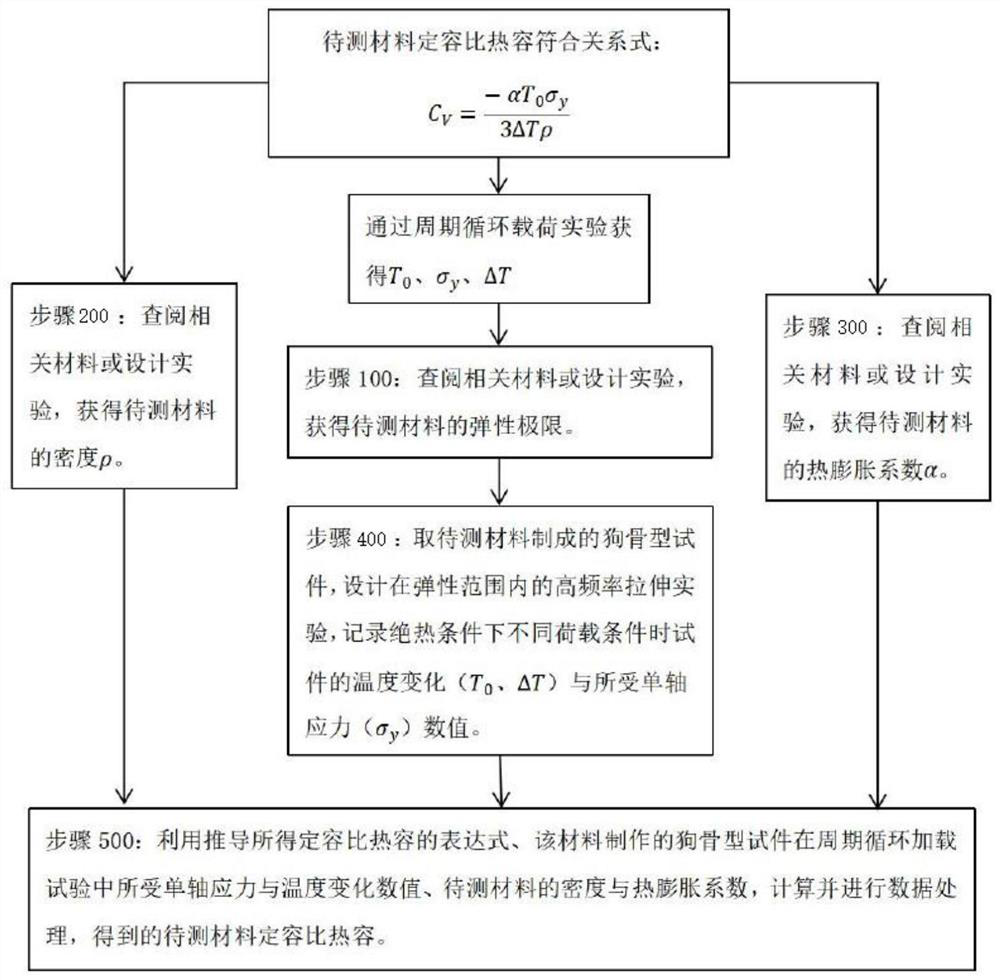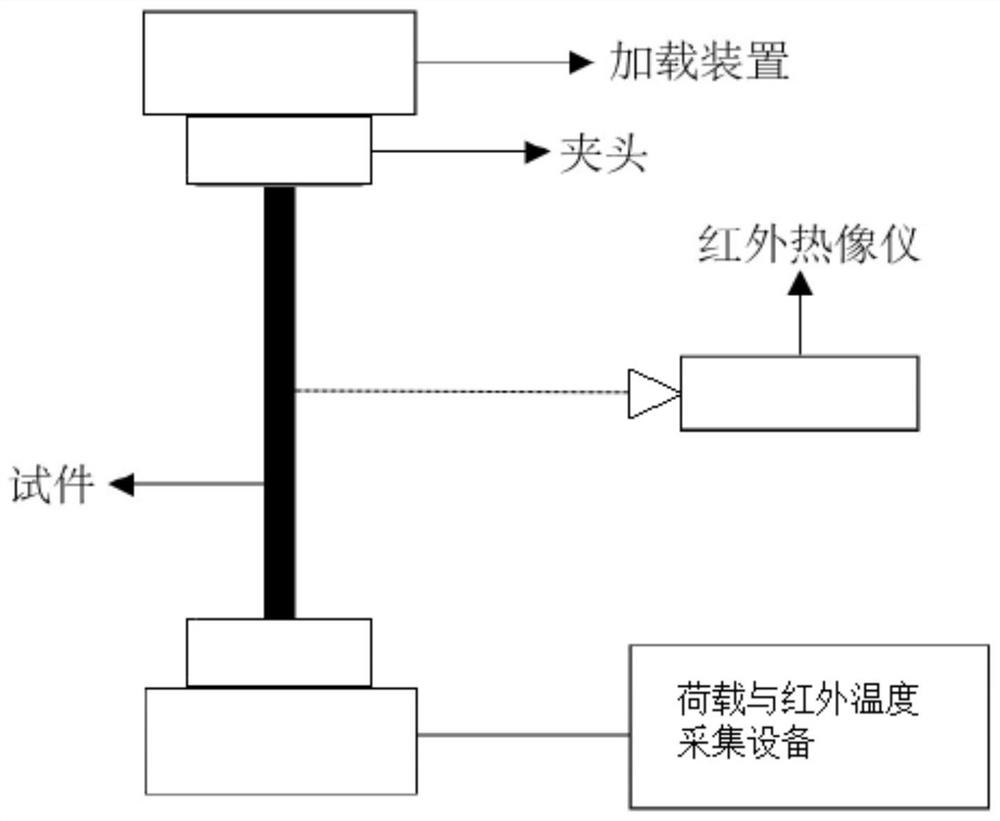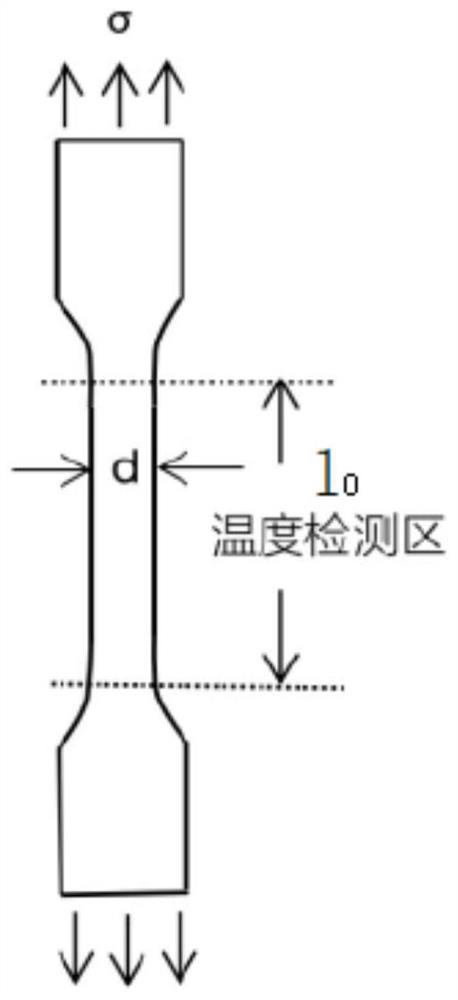A method for detecting specific heat capacity of solids based on mechanical means
A technology of specific heat capacity and means, which is applied in the field of detection of solid specific heat capacity based on mechanical means, can solve the problems that heat dissipation factors are difficult to control the measurement results, the accuracy of the results cannot be eliminated, and the accuracy of the experimental results is low, so as to facilitate repeated experiments, ensure accuracy, The effect of easy processing
- Summary
- Abstract
- Description
- Claims
- Application Information
AI Technical Summary
Problems solved by technology
Method used
Image
Examples
Embodiment Construction
[0047] In order to make the objects, technical solutions, and advantages of the present invention more clearly, the technical solutions in the embodiments of the present invention will be described in conjunction with the drawings in the embodiment of the present invention. A portion of the invention, not all of the embodiments. Based on the embodiments in the present invention, those of ordinary skill in the art will belong to the scope of the present invention without making creative labor premistence.
[0048] For embodiments of the invention, please see figure 1 The method of detection of the solid material is specifically included in the detection method of the heat capacity:
[0049]Step 100, check the elastic limit of the solid material to be tested, if it is not possible to obtain the elastic limit of the solid material to be tested by the experiment, by obtaining the elastic limit of the solid material, preventing the elongation limit to make the destroyed test piece; The...
PUM
 Login to View More
Login to View More Abstract
Description
Claims
Application Information
 Login to View More
Login to View More - R&D Engineer
- R&D Manager
- IP Professional
- Industry Leading Data Capabilities
- Powerful AI technology
- Patent DNA Extraction
Browse by: Latest US Patents, China's latest patents, Technical Efficacy Thesaurus, Application Domain, Technology Topic, Popular Technical Reports.
© 2024 PatSnap. All rights reserved.Legal|Privacy policy|Modern Slavery Act Transparency Statement|Sitemap|About US| Contact US: help@patsnap.com










